Interview with Devashish Handa, Executive VP, Sales, Marketing & After Sales, Suzuki Motorcycle India
We crown the Top-10 vehicles of the year, and they’re as impressive as they are colourful! The Katana is one of our Best of 2022 and accepting the award for it is Devashish Handa, Executive VP, Sales, Marketing & After Sales, Suzuki Motorcycle India.
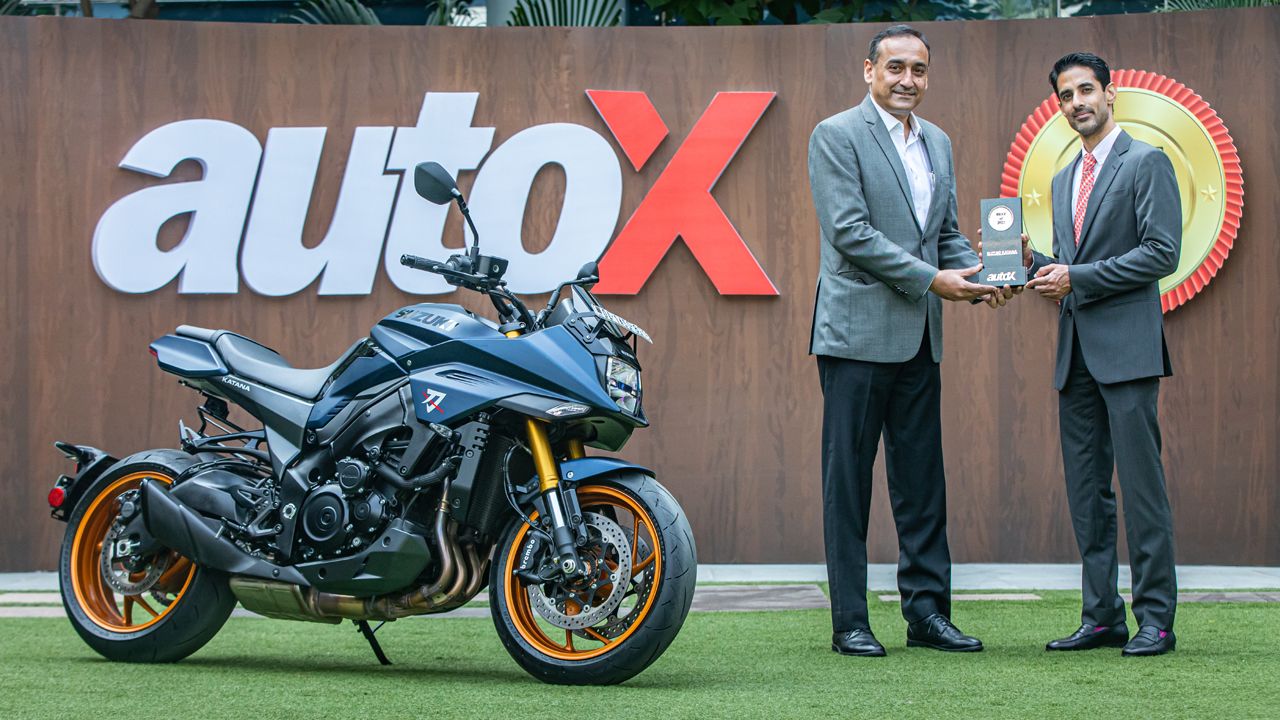
When we met last year, you were really struggling to meet the demand for the Hayabusa. What does the demand and supply ratio in terms of the Katana look like?
The semiconductor concerns and limitations that we have had, as a consequence of the pandemic, and the supply chain disruption, have significantly improved but I’m afraid the concern is not fully behind us. All these performance motorcycles have much more mechatronics, which means more semiconductors. So, the higher you go in the value chain, the higher the vulnerability to the disruption of the semiconductor supply. So, to that extent, yes, it has impacted the Hayabusa, and now we see that the Katana has, to some extent, been constrained and restricted in supply. We are not being able to get as many as the buyers in our country would want us to. But we are keeping our fingers crossed that the next financial year will be a lot better.
On another subject, we have seen Suzuki pull out of MotoGP recently, despite being very competitive. Is this because there is a transition to EVs in the industry?
As has been already stated by our parent organization, Suzuki Motor Corporation, in their official communication, it’s because we would like to prioritize new investments as the business necessitates. So, it’s more a question of prioritizing for the future.
As we discussed last year, is there any plan to enter the EV space – has anything changed in the last year, because there’s a lot of buzz around EVs, even more so now than there was a year ago?
Yes, there is a lot of buzz and, in my own sense, EVs are definitely going to be the way forward. How soon, and at what clip, is the only difference of opinion that exists in the industry. Somebody like me will be a little more cautious, and there will be people who have a much more optimistic opinion about how fast it will scale up. But we still are in the early stages to decipher how fast, and what form this will take. What is the optimal technology, and what about the allied infrastructure? So, these are the two things that one needs to watch out for. There has definitely been a fillip and a push – if I may use that word – from the government, not to mention industry preparedness. So, I would not exclude us, at some stage or other, from considering electric vehicles in future.
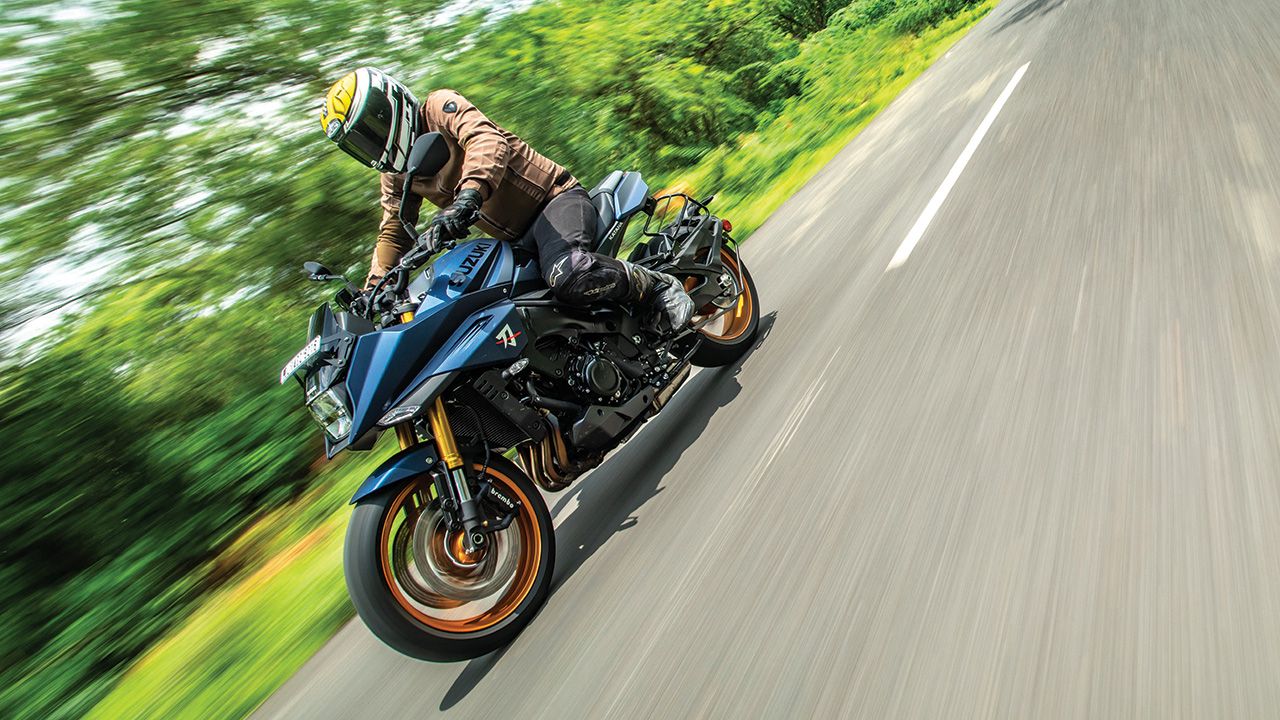
What are the plans for Suzuki Motorcycles in 2023?
In 2022, we were the only two-wheeler brand that registered positive growth – robust double-digit growth in fact! From April to October, we are about 25% positive over last year – and this is despite supply restrictions. So, as I said before, as supply constraints smoothen out, we are looking forward to better times.
And, on the demand side, what do you expect going forward, because there is a little bit of uncertainty going into 2023?
As the economy came out of the pandemic, yes, two-wheelers as a whole have not seen as fast a recovery as four-wheelers – both passenger cars and commercial vehicles. But for us, fortunately, customers have been kind. We have been experiencing very robust demand. We are already at our pre-pandemic volumes, and we’re yet falling short by 15 to 20% in terms of what we’re able to supply relative to demand. So, yes, we are keeping our fingers crossed, and wish that customer blessings continue to be on us.
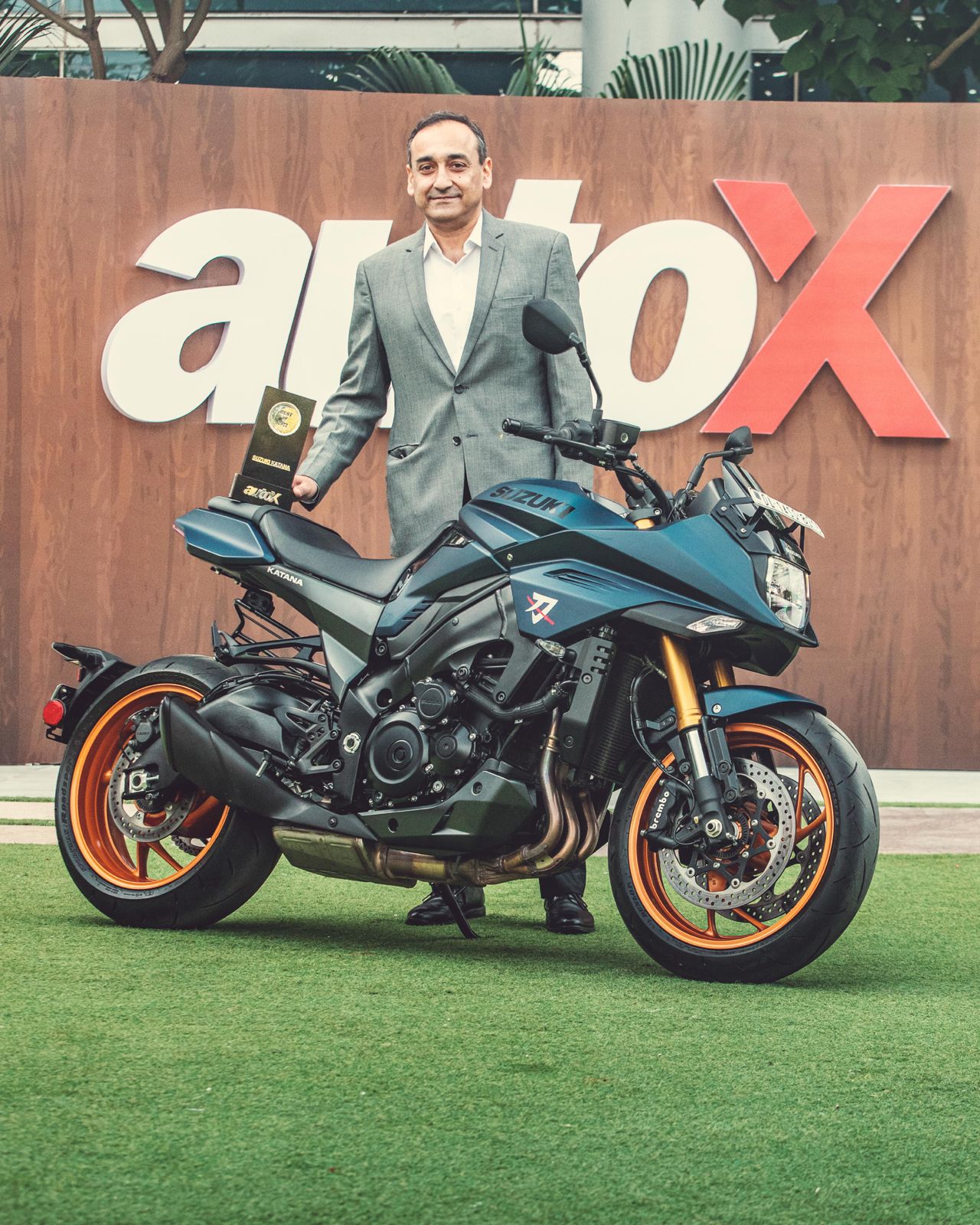
'EVs are definitely the way forward. How soon, and at what clip, is the only difference of opinion that exists in the industry'
Read more:
Interview with Devashish Handa, VP, Sales, Marketing & After Sales, Suzuki Motorcycle India
Interview with C.V. Raman, CTO and Ram Suresh Akella, Head – Marketing, Maruti Suzuki
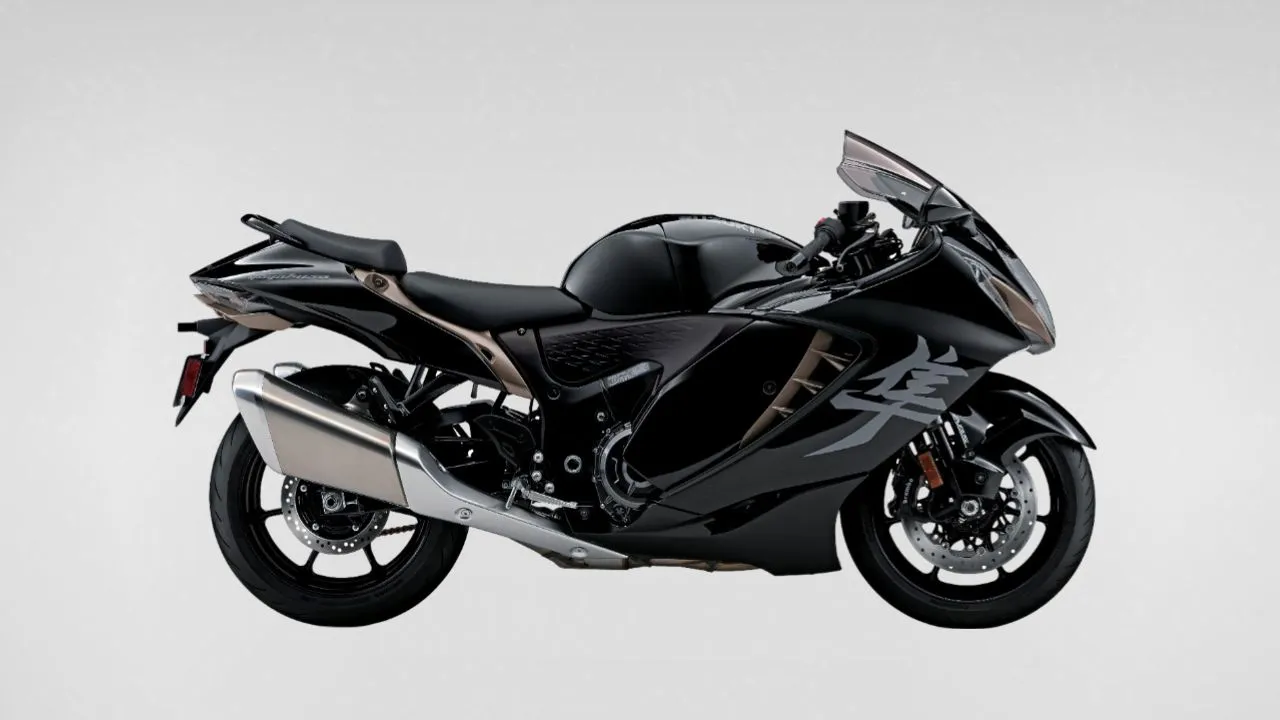
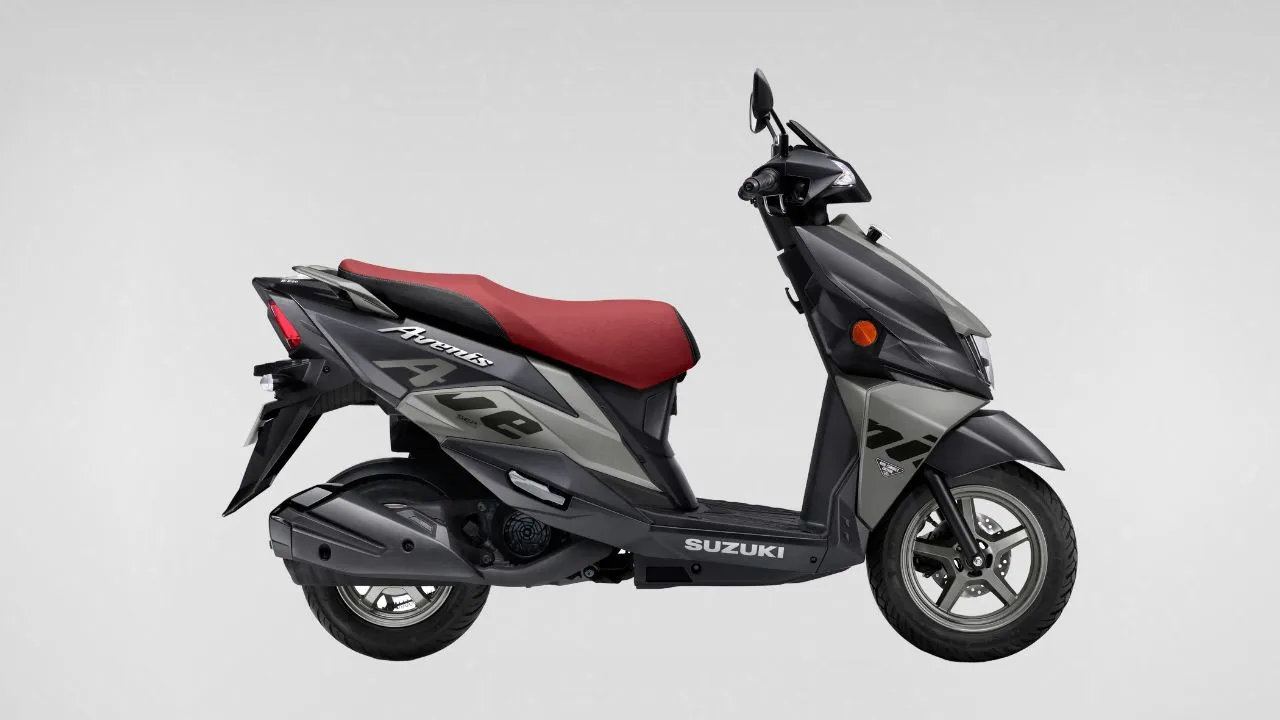
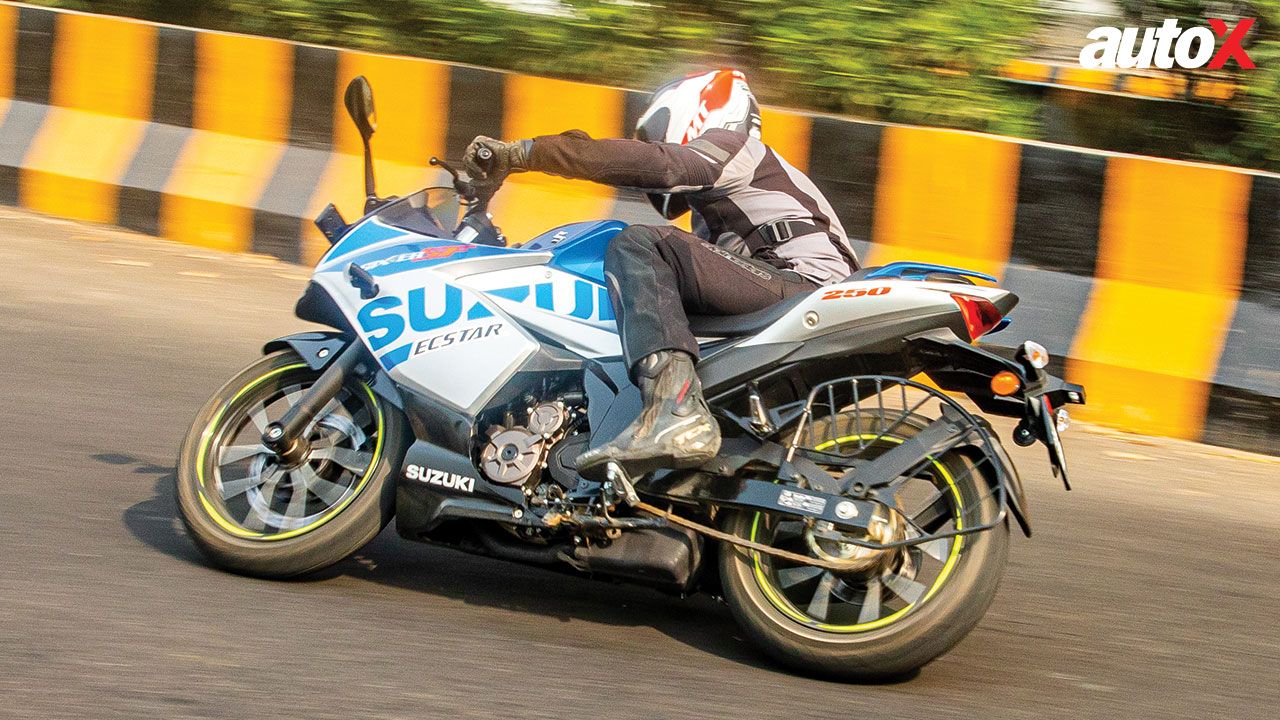
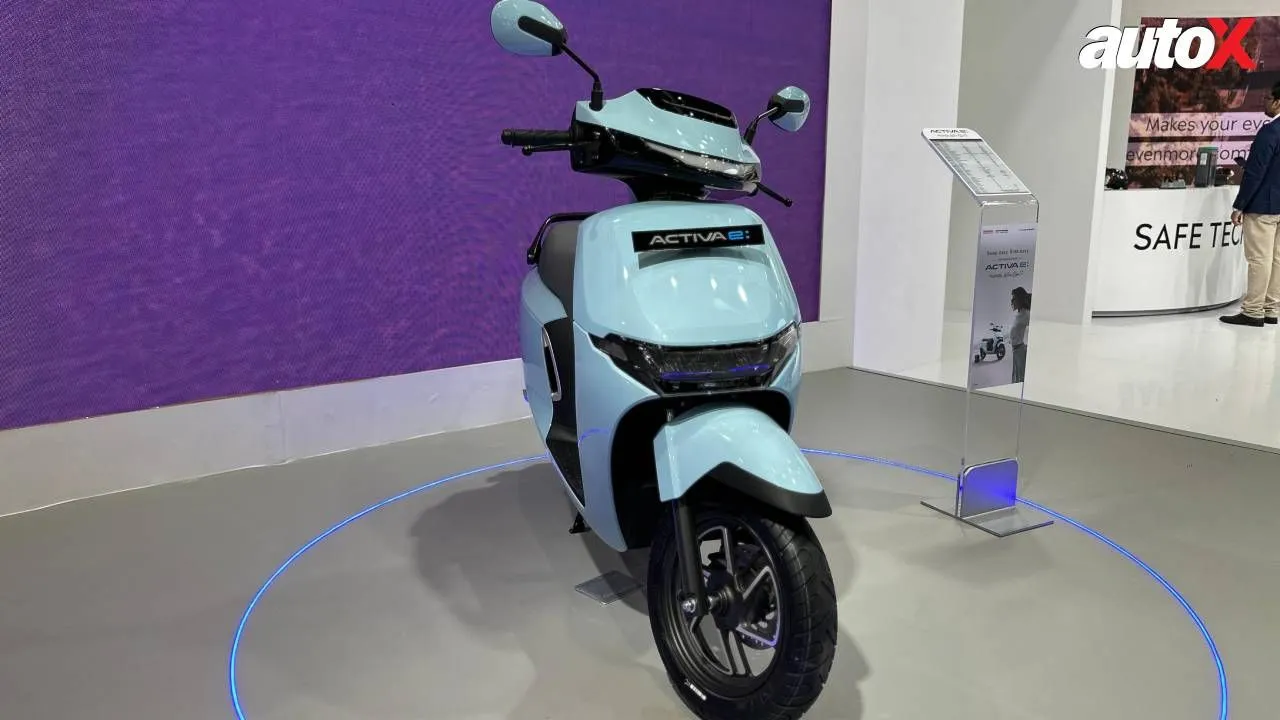
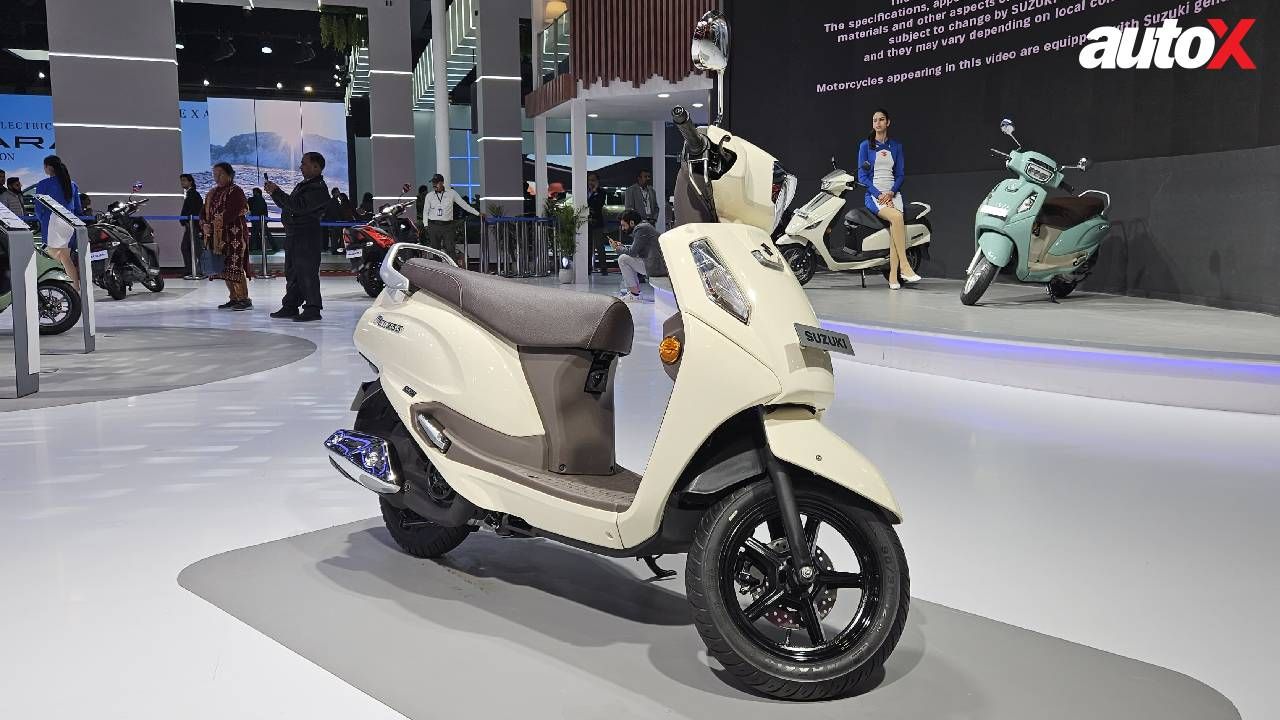
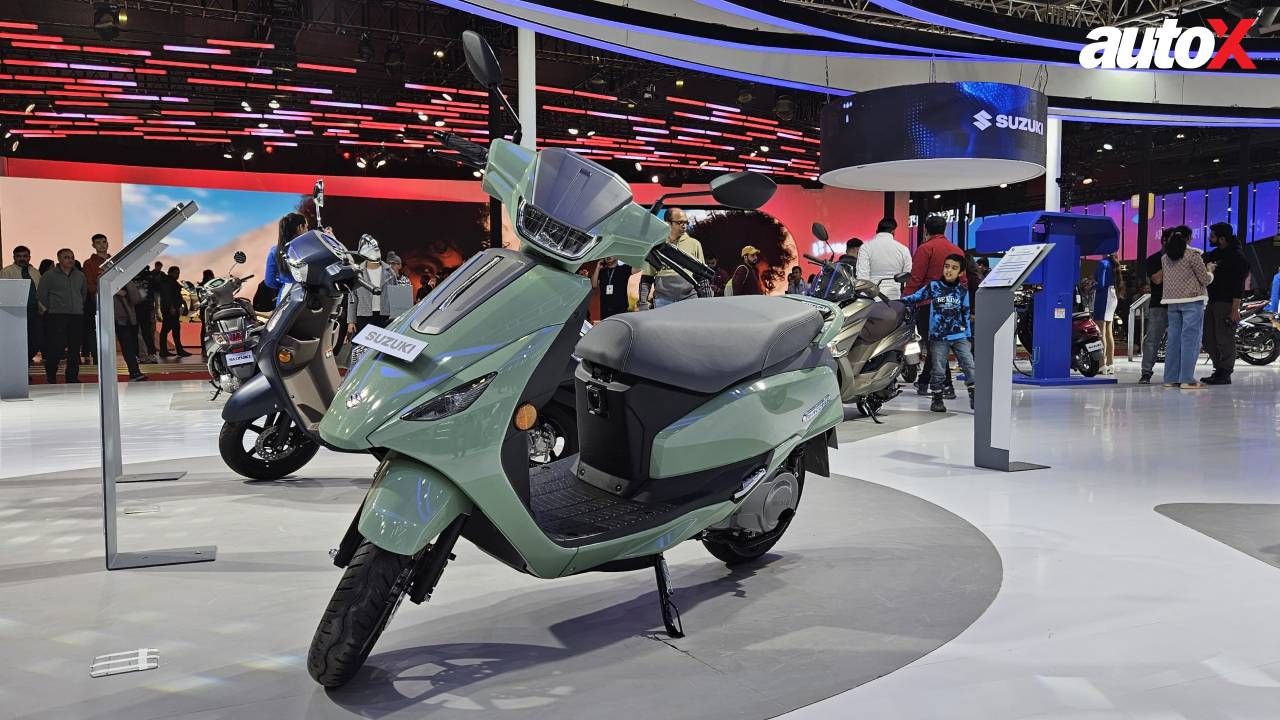





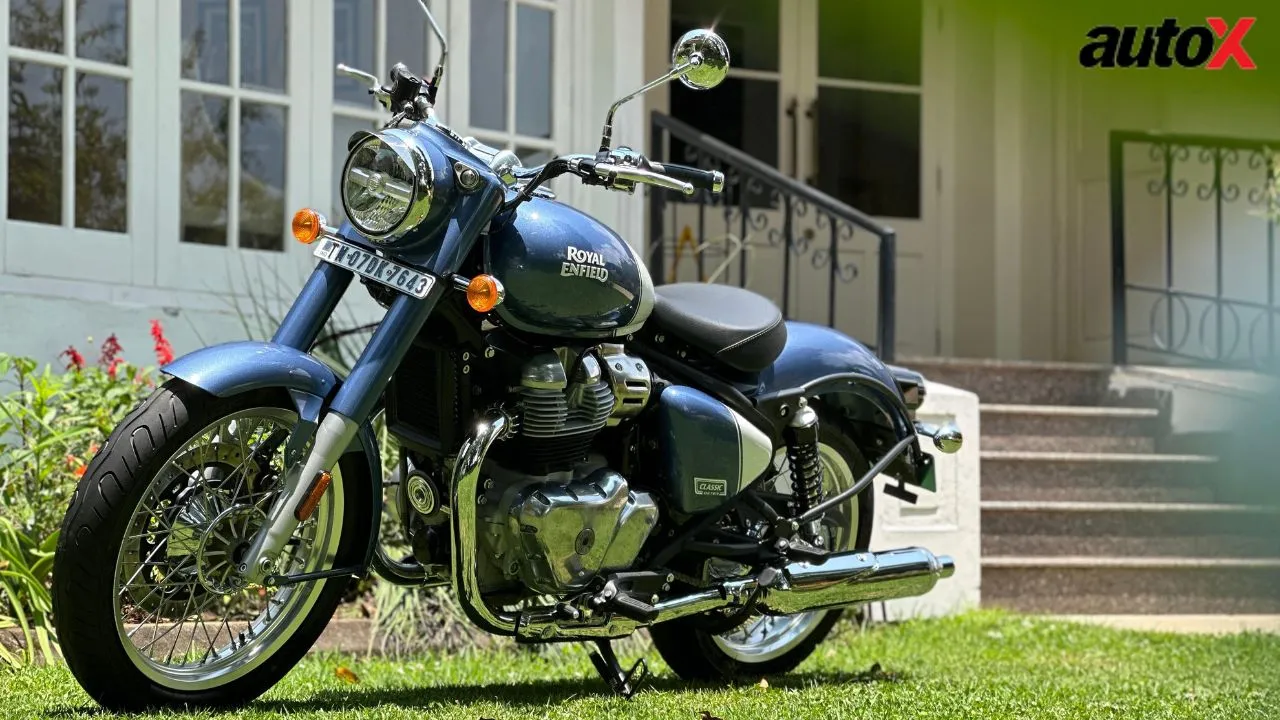
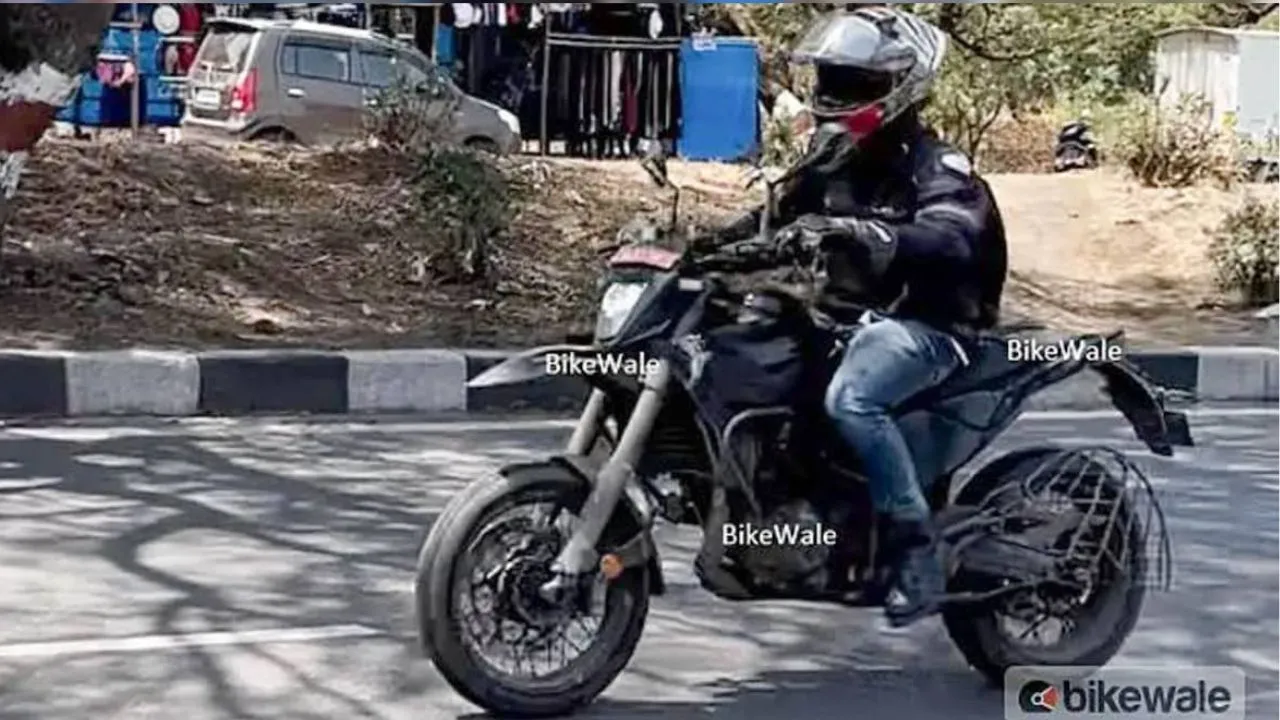
-(1).webp)

-(1).webp)




Write your Comment on